The weather today was supposed to be pretty good with a little isolated rain. In fact it rained early and often; it was perfect. Our Cornwall explorations had been focused on the coast but today we were going to remedy that with a visit inland to Bodmin Moor. A moor is typically
a piece of higher ground, uncultivated with low growing vegetation and poorly drained. Bodmin Moor fits that description and had a couple of other things going for it as a focus of our trip including the highest point in Cornwall as well as a number of stone circles and the impressive Cheesewring, a granite tor on its southern edge. Cheesewring, so named because it resembles, well, a cheesewring, was our specific target for today.
However, before we proceeded to Bodmin Moor we had to fulfill another important quest, finding a proper cream tea. Cream tea is an important part of the local culture in Cornwall
(and its adjoining county of Devon) and the source of much controversy and conflict. Cream tea includes the following ingredients: tea (duh) paired with a scone, jam and clotted cream. The controversy comes in the manner in which the ingredients are arranged. Tea of course stands alone; however, the scone and accompaniments are another matter entirely. In Devon the scone is split and the clotted cheese is spread generously on one side followed by an equally generous dollop of jam on top. In Cornwall the jam is spread on the scone with the clotted cheese on top. While this is not the violence-inciting equivalent of Helen running off with a Trojan, it apparently matters a great deal to some. In any event we are in Cornwall and so, when we received our plates
at The Camel Trail Tea Garden, we carefully spread the jam followed by the clotted cream. This then led to a further question, do you eat this as an open faced sandwich or put the halves together. We have seen pictures of it both ways and still do not know the proper method. We will continue our investigations.
The rain that had begun to lightly fall at the Tea Garden picked up as we drove away toward our destination in Bodmin Moor. The distance between the two is only 14 miles as the crow flies, but in Cornwall the crow does not fly; rather, he walks slowly down narrow roads and around interminable roundabouts. Thus, about 35 minutes later we arrived at the Cheesewring car
park in the little town of Minions. There the rain pounded down as we stared out over the moor from our car, creating the perfect view of what we thought a moor ought to be. We decided to wait in the car until it let up and then walk as quickly as we could as far as possible around the three-and-a-half-mile loop towards the Cheesewring before the rain became untenable. After about ten minutes the rain had mostly stopped and then, oddly, did not start again for the next hour and a half while we walked -- though the skies remained gloomy and threatening.
Shortly after beginning the walk we passed by three stone circles known as the Hurlers. They are from either the late Neolithic or early Bronze Age and are apparently the remains
of men petrified by the gods for playing hurling on a Sunday. We did not examine them close up as the rains had made the approach very wet. Continuing toward the Cheesewring, we found pretty good footing as the path was mostly rocky and the muddy spots were easily avoided.
The Cheesewring is the most notable of several granite tors located on Stowe's Hill in Bodmin Moor. In essence the tors are stacks of granite slabs which appear unnatural to the point that one's first reaction is "how could ancient people have stacked those heavy slabs so high." In fact they are part of a natural weathering process that somehow ends up with huge
granite slabs perched precariously on top of smaller granite slabs. A third possibility is that they result from a sort of frisbee contest between a giant and a saint (aided a bit unfairly by an angel) that ended up with the giant converting to Christianity. Whatever their origin they were spectacular. Interestingly they were almost destroyed by blasting from an adjacent quarry before saner heads prevailed. We completed the loop just ahead of the resumption of the rain and scurried back to Falmouth content with a good day away from the coast.

 The Cheesewring (Stowes hill), England, United Kingdom
The Cheesewring (Stowes hill), England, United Kingdom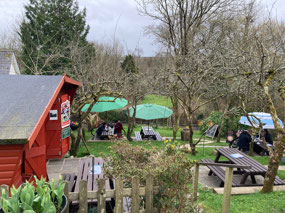

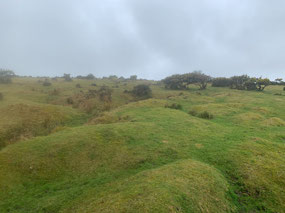

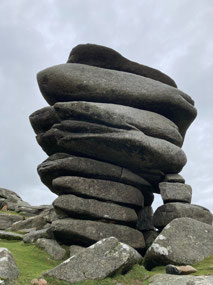




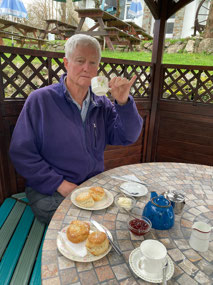
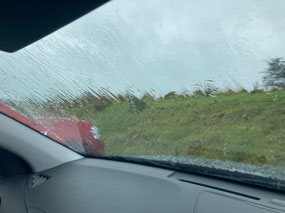
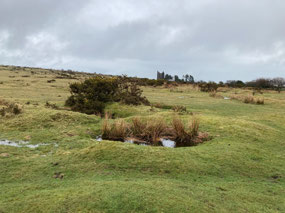
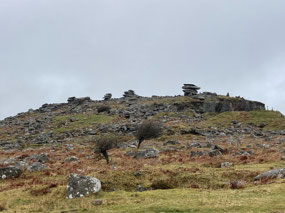

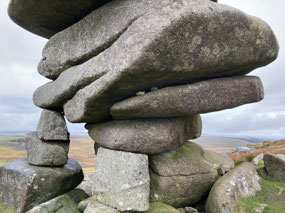
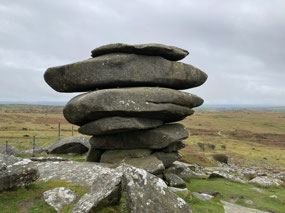
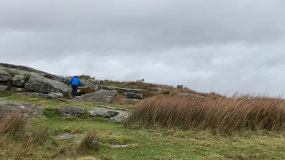
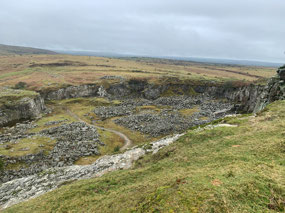
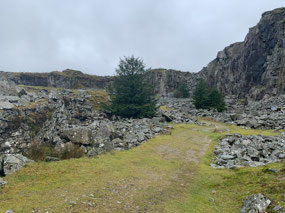
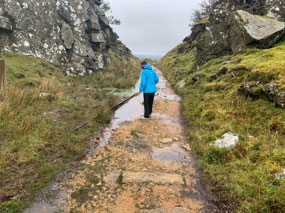
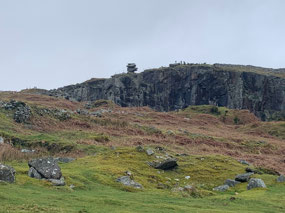
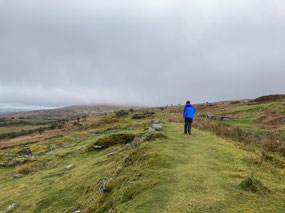
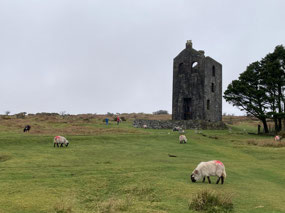
2025-05-22